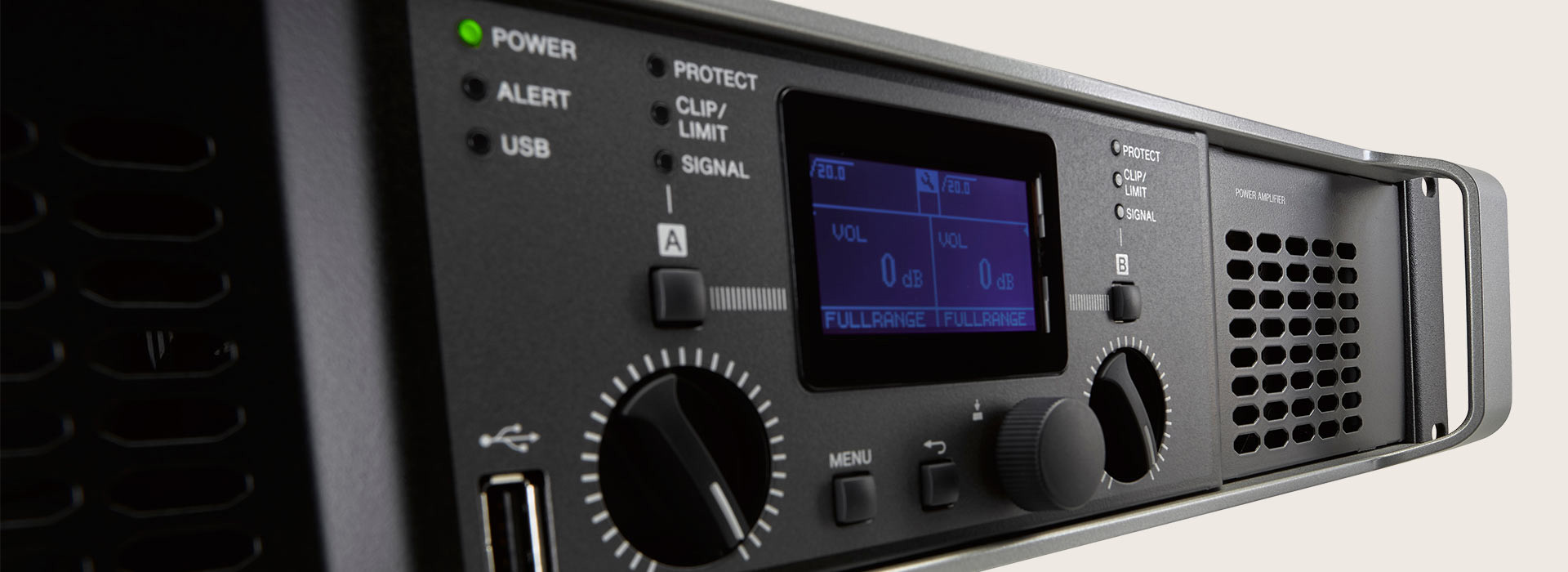
In the construction and debugging of audio systems, speakers and amplifier power how to match, has been a professional and audio enthusiasts are very concerned about the problem. But this thing, far from simple “digital to digital’, in fact, it involves a lot of technical details and practical application scenarios, quite complex.
Uncover the Speaker Power Tolerance Indicators
First of all, from the speaker's power to withstand indicators, such as the EAW standard, for example, it refers to the standard test, the speaker can withstand the maximum thermal power value, that is, how long you can carry before burning out. However, this indicator is mainly used to horizontally compare different brands and models of speakers, and does not directly tell you how much power you should match the actual use of the amplifier. Test with a specially modulated pink noise, although a little harder than the normal music signal, but after all, the test environment and the real use of up there is still a gap. Moreover, different manufacturers test method is not quite the same, in general, if the power nominal difference of 1.5 times or less (about 1.5dB), you can think of the actual tolerance of the two speakers is about the same.
How to Choose the Amplifier Power?
The actual listening needs and the type of audio played here is particularly important. It should be noted that the power capacity of the speaker and how loud it can be (maximum sound pressure level, SPL) is not simply linked. Maximum SPL is actually a function of both speaker sensitivity and amplifier power. For example: a speaker with 97dB sensitivity (1W@1m) with a 100W amplifier, and a speaker with 94dB sensitivity with a 200W amplifier, the final sound pressure is actually about the same.
Percussion, acoustic music: this kind of playback dynamic range of music, in order to avoid the sound of a big clipping distortion, usually need amplifier power than the speaker rated power is slightly larger, or even to do the rated power twice.
Heavy metal rock: this kind of highly compressed music, dynamic range is small, if the amplifier is too large, but easy to bake the speakers. So experience, to the speakers with a power is about twice the power to withstand the power amplifier is more ideal, but with time must be careful, do not let fly too much, or power an overload, or easy to accident.
In fact, the real protection of speakers, the core is not the amplifier power itself, but your use and operation. Even if the amplifier power is small, improper operation of the same speakers can be spoiled. For example, microphone whistling (prolonged screaming) if not dealt with in time, there will be a sustained ultra-high energy input; another example, blindly in the EQ to greatly enhance a certain frequency band, or push up the speakers would not be able to get out of the frequency band, will make the speakers work in an abnormal state, increasing the risk of burnout. Also, if the mixing console, processor or amplifier itself is clipping and distorting, and you don't reduce the volume in time, you can slowly screw up your speakers. Not to mention that continuous high-power playback of a single note of the operation, minutes to burn the unit.
In addition, in the audio industry, the concept of ‘power’ itself is also a bit special. Whether you measure the power of the speaker or amplifier power, essentially is to measure the voltage and then deduced from the nominal impedance. But the actual impedance of the speaker is changing with the frequency, and it is still inductive load, inductive-capacitive effect. So by simply counting the formula out of the power, in fact, does not fully represent the real work when the state. Even so, the industry is still accustomed to use these power values for reference and comparison.
Technology + Experience in A Two-Pronged Approach
Therefore, to the speaker selection amplifier, not to look at an indicator on the end, to comprehensively consider the power of the speakers can withstand, your actual needs, the type of music, and most importantly - the correct use of the system. Only by truly understanding these technical details, and continue to explore in practice, you can build a sound system that is stable and good sounding, maximise the performance of the equipment, and make the listener enjoy listening. Moreover, as audio technology continues to advance, standards and concepts are also changing, as audio people or audiophiles, we must always keep a learning and exploring mindset, to keep up with the times, in order to cope with more and more new challenges!
 English
English